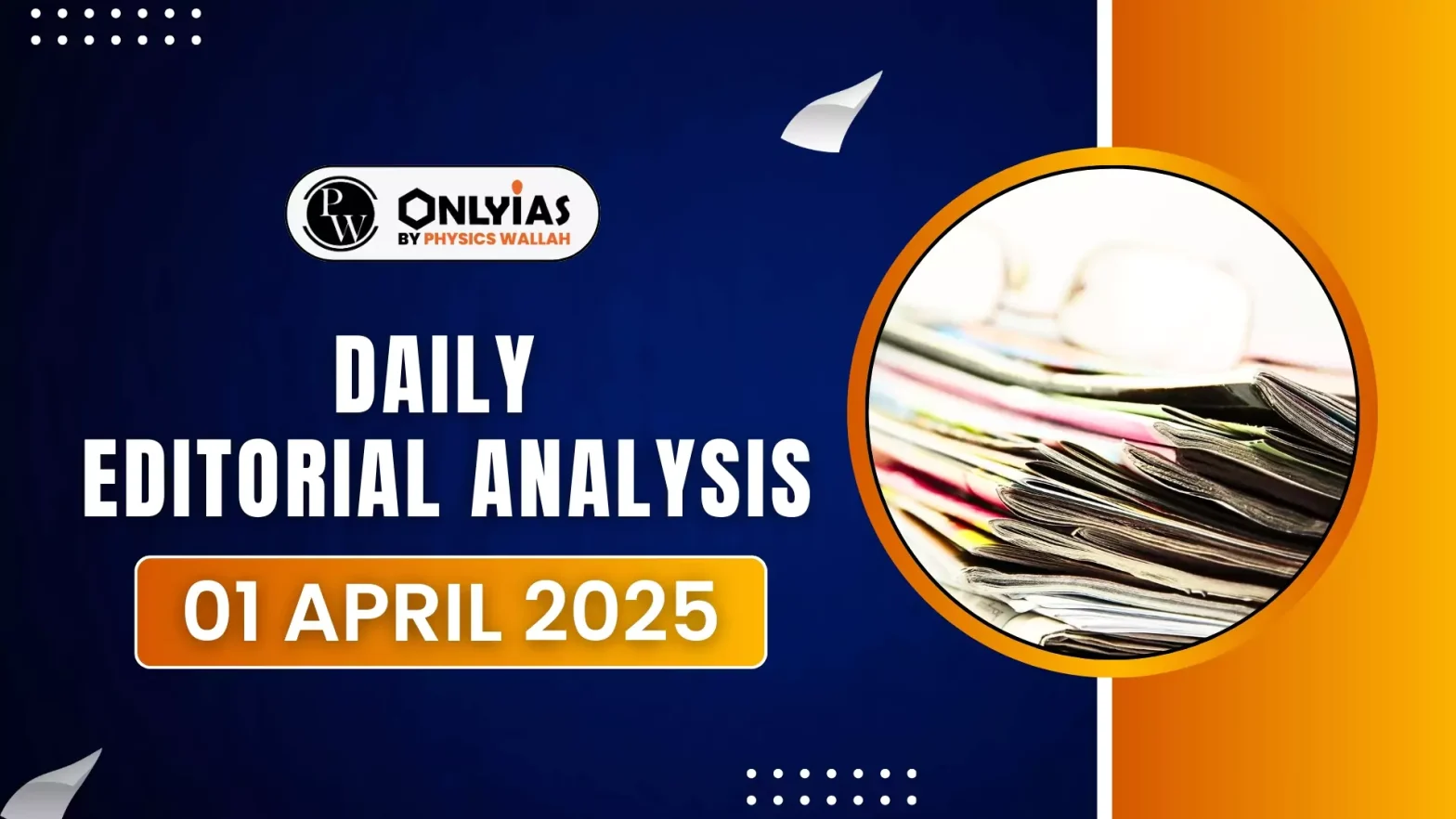The debate on delimitation and financial devolution has sparked tensions in Parliament and State Assemblies, raising concerns over India’s federal structure.
What is Delimitation?
- Definition: Delimitation is the process of redrawing the boundaries of electoral constituencies to ensure fair representation based on population changes and demographic shifts.
- Purpose: The primary purpose of delimitation is to ensure that each constituency has an equal number of voters, giving equal representation to all citizens in the democratic process.
Historical Background of Delimitation in India
- First Delimitation: The first delimitation of constituencies in India took place in 1951. It was done to ensure proper representation based on the population as per the first Census after independence.
- Increase of Lok Sabha Seats: Initially, Lok Sabha seats were increased based on population growth after each census till 1971. This allowed constituencies to adjust according to the demographic changes in different states.
- Freezing of Seats: In 1971, a decision was made to freeze the number of Lok Sabha seats at 543 until the 2026 Census.
- This was done to prevent political instability due to the increasing number of constituencies as the population grew.
- Change in 2026: In 2026, the freeze on the number of Lok Sabha seats will be lifted, and delimitation will be carried out again based on the 2021 Census.
Lok Sabha Seats Over Time
- 1951: 7.3 lakh people per MP
- 1971: 10.1 lakh people per MP
- 2026 (Expected): 20 lakh people per MP
- Projected Increase in Seats: 543 → 753
Issues with Delimitation
- Southern States Controlled Population: Southern states like Tamil Nadu, Kerala, and Karnataka have implemented effective family planning measures and managed their population growth.
- As a result, their population growth rate is relatively lower compared to northern states.
- Northern States with Higher Population Growth: Northern states such as Uttar Pradesh (UP), Bihar, and Madhya Pradesh (MP) have experienced higher population growth due to factors like lower literacy rates, lack of awareness about family planning, and other socio-economic factors.
- Impact on Delimitation: If population alone is considered as a criteria for delimitation, the northern states would receive more Lok Sabha seats due to their higher population growth.
- Conversely, southern states would lose representation, despite their more controlled population growth. This discrepancy creates a regional imbalance in political representation, favoring the north at the expense of the south.
- Earlier Allocation Based on 1971 Population: Historically, the allocation of funds and the distribution of seats in the Lok Sabha were based on the 1971 Census population data, which resulted in higher allocations to states with larger populations, particularly in the north.
- Shift to 2011 Census Data: The 15th Finance Commission shifted the allocation criteria to the 2011 Census data, which led to a significant redistribution of funds and political power, as it reflected the population growth trends over the past decades.
- Impact on Southern States: The shift to 2011 data harmed the southern states (such as Tamil Nadu, Kerala, Karnataka) since these states have seen slower population growth compared to the northern states.
- As a result, these states lost out on funds and representation based solely on population figures.
- Demographic Performance Metric: To address this imbalance, the Finance Commission introduced a new metric called ‘Demographic Performance’, which considers not just the population but also the efforts and success in controlling population growth.
- This metric helps to balance the impact of population growth, ensuring that states that have managed their population growth better are not penalized unfairly.
Why Population is Not Enough for Fair Representation
- Unequal Representation: More people do not always equal fair representation. A state with a larger population might get more seats, but it could lead to disproportionate representation when compared to smaller states.
- Density Factor: Some states have high population densities but small land areas. In such states, the concentration of people in limited areas may lead to overcrowded constituencies, affecting the quality of representation.
- Larger states with more land area but lower population density can ensure better governance and service delivery.
- Northeast Model: Northeastern states, despite having smaller populations, are given fair representation due to their strategic and geographical importance. This shows that population size is not the only factor in determining political representation; considerations of regional balance and governance needs are also key.
Per Capita Misinterpretation: Raw population numbers do not reflect the quality of governance. Simply considering the per capita population of a state ignores the administrative efficiency or the governance challenges a state faces.
- States with large populations might struggle with resources and management, while smaller states might have more efficient governance systems.
Way Forward
- Smart Redistribution: Seats should be allocated not just based on population, but also considering development and governance. States that perform better in terms of education, health, and infrastructure should not be penalized for controlling their population growth.
- Density-Based Representation: Higher population density should mean more representation. States with high population densities should be allotted more seats to account for increased demands on infrastructure, governance, and resources.
- Gradual Change: Sudden shifts in representation can disrupt the federal balance. Any changes to the allocation of seats based on population growth should occur gradually, allowing states to adjust to new political dynamics Protecting Southern Interests:
Conclusion
States with good governance and controlled population growth should not be penalized. Southern states like Tamil Nadu, Kerala, and Karnataka, which have successfully controlled population growth, should not lose political power or face disadvantages. Good governance and effective management should be rewarded, not punished.
![]() 1 Apr 2025
1 Apr 2025

